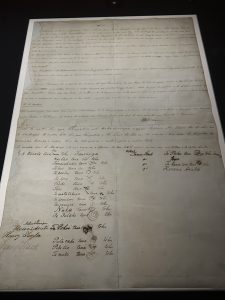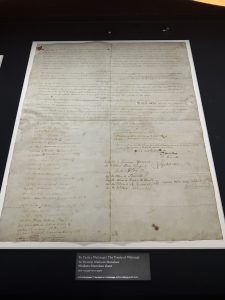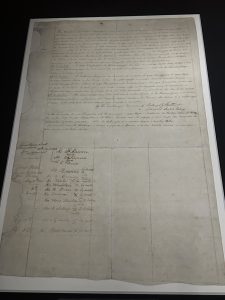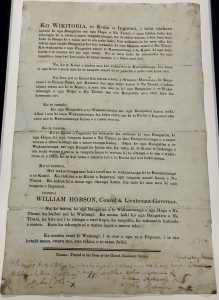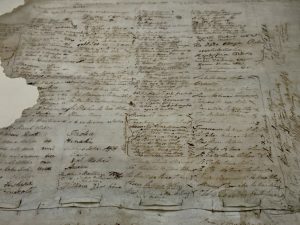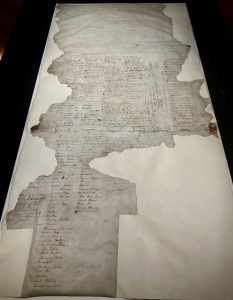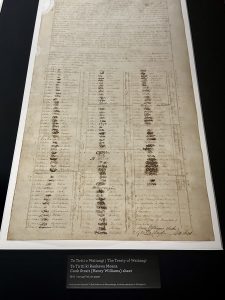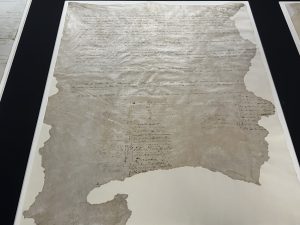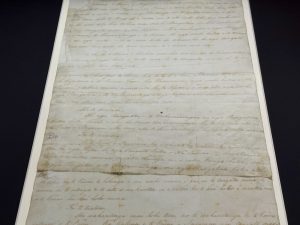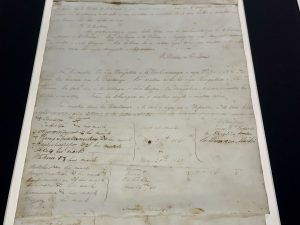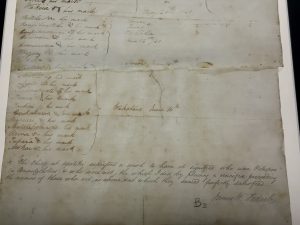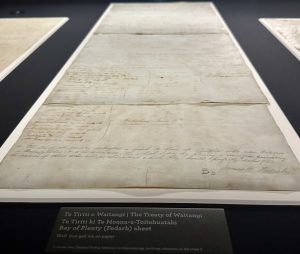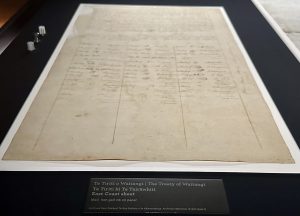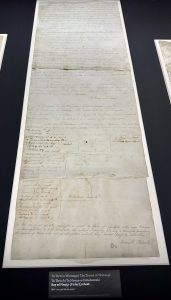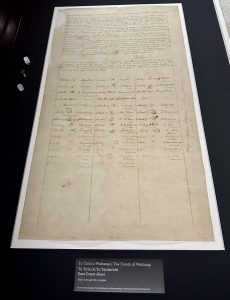The Treaty of Waitangi stands as a foundational element in New Zealand’s history, epitomizing the dawn of a new era for both the Māori and the Pākehā (European settlers). Signed in 1840, it symbolized a covenant of cooperation and guardianship between the British Crown and Māori chieftains. Yet, its interpretation and execution have ignited persistent discussions and disputes.
The primary objective of the Treaty was to forge a just and equitable bond between the cultures, allowing Māori chieftains to retain sovereignty over their territories while enabling the British Crown to establish governance. However, the discrepancies between translations and interpretations have led to prolonged disagreements regarding land entitlements and Māori rights safeguarding.
In spite of these obstacles, the Treaty of Waitangi remains an emblem of unity and partnership within New Zealand, enduring as a dynamic guide towards fostering an inclusive and fair community for all its people. Reflecting on its ongoing significance reminds us of the essential role that mutual respect and comprehension play in managing the intricacies tied to cultural diversity and heritage.

